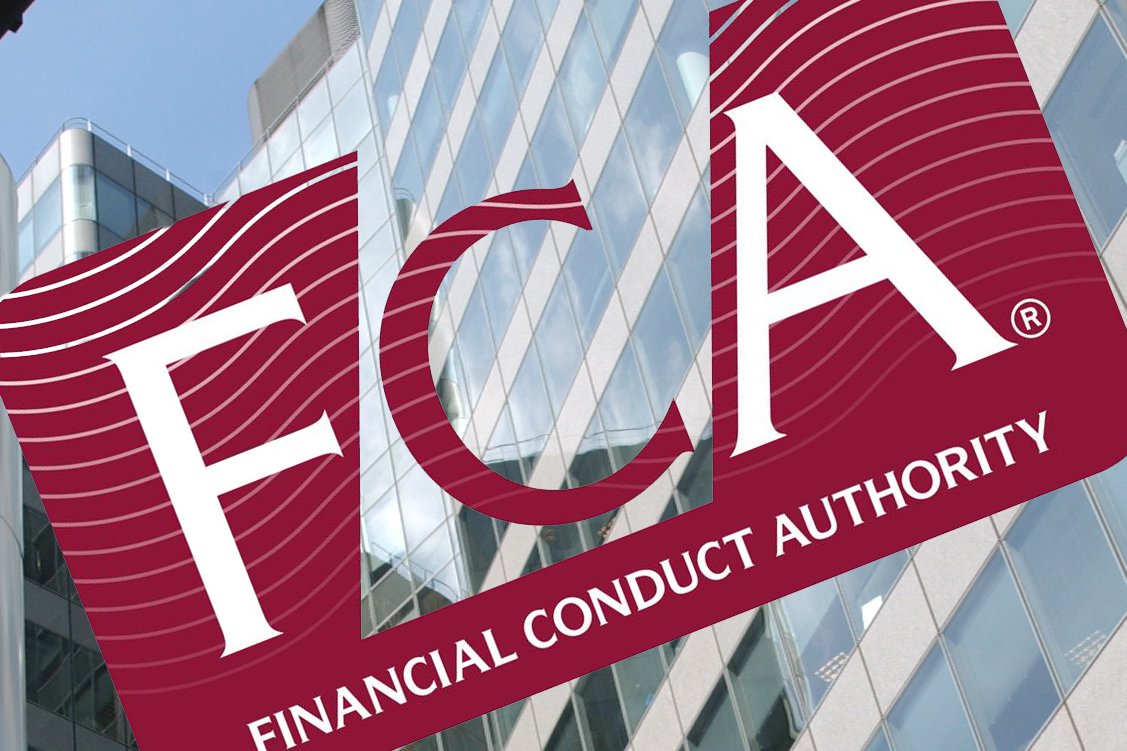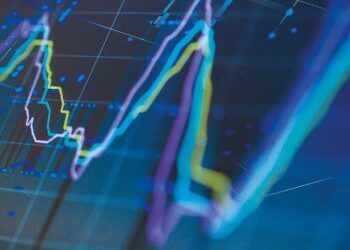Today, the US Federal Reserve has announced that it has hiked base rates in line with expectations. They could have hiked by 0.5% but didn’t. So the target Fed funds rate is now increased to the 4.5 to 4.75% range in the Fed’s quest to get inflation under control.
The FOMC statement released with the announcement is as follows: “Recent indicators point to modest growth in spending and production. Job gains have been robust in recent months, and the unemployment rate has remained low. Inflation has eased somewhat but remains elevated.
“Russia’s war against Ukraine is causing tremendous human and economic hardship and is contributing to elevated global uncertainty. The Committee is highly attentive to inflation risks.
“The Committee seeks to achieve maximum employment and inflation at the rate of 2 percent over the longer run. In support of these goals, the Committee decided to raise the target range for the federal funds rate to 4-1/2 to 4-3/4 percent. The Committee anticipates that ongoing increases in the target range will be appropriate in order to attain a stance of monetary policy that is sufficiently restrictive to return inflation to 2 percent over time. In determining the extent of future increases in the target range, the Committee will take into account the cumulative tightening of monetary policy, the lags with which monetary policy affects economic activity and inflation, and economic and financial developments. In addition, the Committee will continue reducing its holdings of Treasury securities and agency debt and agency mortgage-backed securities, as described in its previously announced plans. The Committee is strongly committed to returning inflation to its 2 percent objective.
“In assessing the appropriate stance of monetary policy, the Committee will continue to monitor the implications of incoming information for the economic outlook. The Committee would be prepared to adjust the stance of monetary policy as appropriate if risks emerge that could impede the attainment of the Committee’s goals. The Committee’s assessments will take into account a wide range of information, including readings on labor market conditions, inflation pressures and inflation expectations, and financial and international developments.
“Voting for the monetary policy action were Jerome H. Powell, Chair; John C. Williams, Vice Chair; Michael S. Barr; Michelle W. Bowman; Lael Brainard; Lisa D. Cook; Austan D. Goolsbee; Patrick Harker; Philip N. Jefferson; Neel Kashkari; Lorie K. Logan; and Christopher J. Waller.”
Commenting on the news, Sonia Meskin, Head of US Macro, BNY Mellon Investment Management said:
“The tone of the statement was as expected, with the FOMC indicating the terminal rate is on the horizon. Specifically, hiking was described in terms of “extent” rather than “pace” in the previous statement, though “ongoing increases” in target range remain “appropriate”. Market interpretation of the statement was slightly hawkish, however the interpretation of the press conference following the statement’s release was dovish.
“In the press conference, Chair Powell emphasized the FOMC’s focus on inflationary risks and the link between inflation and the labour market. However, his comments around the terminal rate were perceived as not strongly wedded to 5%, even as the December Summary of Economic Projections (SEP) showed a central FOMC expectation of a 5-5.125% terminal rate. Further, Powell didn’t push back against the recent loosening in financial conditions, contrary to our expectation.
Inflationary pressures continue
“Inflationary optics will have finally turned positive for the Fed in the first half of 2023, aided by favourable base effects and goods disinflation.
“Based on market pricing, investors appear sanguine that most of the inflationary impulse in the US has been short-lived and is largely behind us. Both headline and core inflation are expected to decelerate this year, possibly taking core inflation measures to the 2% handle, far closer to the Fed’s inflation objective than we have been to since COVID.
“Why, then, do we believe core inflation risks remain to the upside relative to market pricing? Primarily, because the labor market remains tight, with wage growth far above rates consistent with 2% core inflation over time, and inflationary trends in the services sector tend to correlate with wage inflation.
“Chair Powell rightly noted that inflation expectations appear reasonably well-anchored, but he didn’t dig much under the hood. Market-based medium to long-term inflation expectations appear to be near 2014 levels now, and medium-term inflation expectations by consumers are relatively close to market-derived measures of inflation expectations.
“We see the Fed as set for victory in the H1 2023 episode of the inflation saga, but the game just might not end then.”
Commenting on tonight’s FOMC decision, Salman Ahmed, Global Head of Macro & Strategic Asset Allocation, Fidelity International said:
“As widely expected, the FOMC in a unanimous decision reduced the pace of hiking with the statement signalling ongoing increases, thus highlighting hawkish undertones.
“During the press conference, Chair Powell indicated that further work needs to be done despite the broadening disinflationary trend. Pushback to easing financial conditions was soft and Chair Powell signalled higher for longer once the hiking comes to a close.
“We think the terminal rate is likely to be around 5.25% and today’s meeting certainly signals in that direction. The strength in the labour market remains at odd with dynamics in housing and signals from business surveys which indicate an elevated risk of a recession.”
Commenting on today’s move, Richard Carter, head of fixed interest research at Quilter Cheviot said: “The first rate rise of 2023 in the US sees a return to a more normal outcome, with rates raised by a quarter of a percentage point to 4.5%-4.75% instead of the 50bps we have become accustomed to. Investors should not confuse this as the end of the rate hiking cycle, instead a pause for breath as the Federal Reserve looks to continue to fight inflation, while also assessing if further hikes are the way to go. The economy has been fairly resilient and the consumer remains in okay shape. Recession could be avoided as a result, but this means we need to prepare for the Fed to continue raising rates for as long as inflation remains elevated. The last thing it wants to do is take its foot off the gas too early and stoke a new inflationary cycle.
“Furthermore, even if we are coming to an end of the interest rate rises, one should not assume that this will be followed by interest rate cuts. While inflation shot up to historic levels, it is going to fall at a much slower pace and as such any cut in interest rates may not materialise until the end of the year or potentially in 2024. As a result, markets will continue to be on edge as every move by the Fed is overanalysed for clues about future direction. Despite the rally we have seen in markets during January, volatility will be ever present until we get that certainty about the economy and the impact of higher interest rates for longer.”
George Lagarias, Chief Economist at Mazars comments: “That the Fed would perform a single quarter-point rate hike was expected and had been well-communicated beforehand. The question was whether the US central bank would draw a path towards the end of rate hikes. This wasn’t the meeting to do it. The Fed reiterated that rate increases will be ongoing. Buoyant risk markets, low unemployment and relatively more optimistic projections about output left Chairman Powell with few options other than to don the mantle of the Hawk again and to intone the central bank’s laser-focus on pushing inflation further down.”
Commenting on the Fed’s rate rise despite economic storm clouds on the horizon, Dan Boardman-Weston, CEO and Chief Investment Officer at BRI Wealth Management, said: “The Federal Reserve has increased interest rates by 0.25% to a range of 4.5%-4.75%, in line with market expectations. The 0.25% increase was expected by the market and marks a shift from the 0.75% and 0.5% rises that markets became used to last year. Inflation has been falling since the summer when the rate peaked at the highest level in over 40 years, 9.1%.This seems to have given the Fed confidence to slow the pace of interest rate increases, even though rates are likely to rise to a higher level, and remain there for longer than expected last year.
“The labour market remains extremely strong in America and the Fed fears that this will continue to stoke inflation, and so are persisting with the tightening cycle, despite economic storm clouds on the horizon. We expect that higher rates will subdue economic activity in 2023 and that this will lead to corporate profits falling and equities remaining under some pressure.
“It’s become clear this year that the Fed is intent on crushing inflation and future expectations of inflation. The higher interest rate environment required to tame inflation comes at the cost of economic growth, which likely comes at the cost of lower stock markets. Markets are continuing to believe that the Fed will cut rates quicker than the Fed is indicating, inflation will not pose problems in the future and that growth will be OK. It seems unlikely that all of these 3 factors will come to fruition.
“We still feel that rates will stay higher than expected for longer, growth will weaken and that the jury is still out on whether inflation has been beaten. A cautious stance still feels appropriate for 2023.”
Robert Dishner, senior portfolio manager on the Multi Sector Fixed Income team at Neuberger Berman says:
“The 25bps rise is as expected and unanimous. People are arguing it is hawkish as the Fed kept in language about ongoing rate hikes. But what else was it going to do? It wants to keep optionality open.
“However, the Fed did change the language from “in determining the pace of future increases” to “in determining the extent of future increases”. So it is changing pace to an extent. The announcement reads as if 25s are locks; now it is just question of how many.
“The Fed also noted that inflation has eased somewhat, which is arguably dovish, but again what else are you going to say when you have downshifted hikes for the second meeting in a row?
“On net, something for everyone. It is not reading as hawkish or dovish before Powell. But key takeaways before the press conference include: The Fed wants to keep optionality open, and it looks like 25s from here on out – just on how many?”





